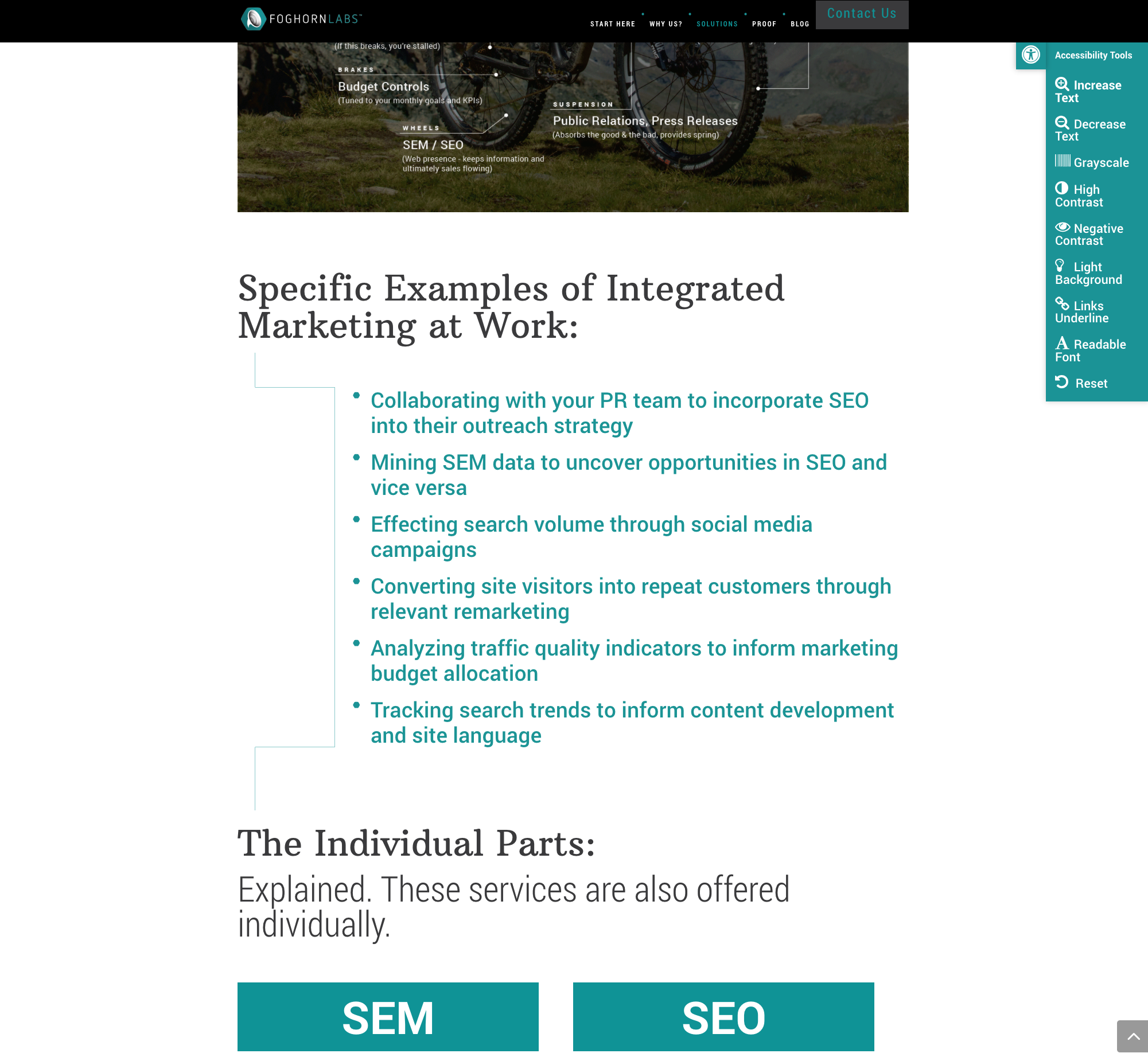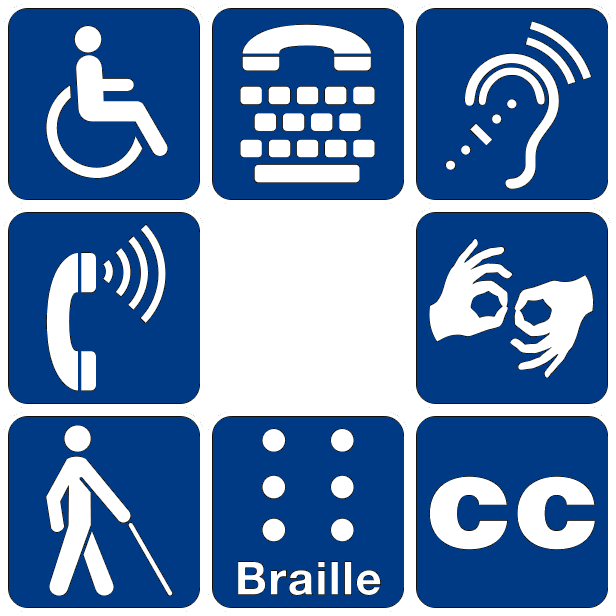
One of the many wonderful aspects of the internet is that it is open and accessible to everyone. In 2016, access to the internet was declared a basic human right by the Human Rights Council of the United Nations General Assembly. We now hold internet access to very high standards. However, in 1990, when the Americans with Disabilities Act (ADA) was signed into law, the handling of the internet was not taken into consideration. This has left the handling of ADA and how it pertains to websites vague and up for interpretation. Recent landmark court cases have paved the way towards what is required, but the requirements are changing rapidly. If a business’ website has been updated or edited since January 18th, 2018, it is subject to ADA compliance.
Title III of the ADA mandates that all “places of public accommodation” must remove all “access barriers” that would inhibit a person with disabilities from accessing the business’ goods or services. This now translates into business websites must now eliminate any barriers individuals with disabilities would have to be able to utilize the site’s products or services. The barriers have been defined by World Wide Web Consortium (W3C) under their Web Content Accessibility Guidelines, which courts have frequently referenced to determine if a website is compliant.
The majority of what this set of guidelines covers are the considerations websites need to follow to ensure those who are impaired due to a visually, hearing, or physically impaired are able to navigate and utilize the website fully. There are three levels of compliance.
- Level A is the most basic,
- Level AA offers a significant increase in accessibility to people with disabilities, and
- Level AAA is the gold standard, ensuring even individuals with more obscure disabilities are able to fully navigate and utilize the website.
Level A is now the standard to which all websites are required to follow, however the legal landscape is rapidly evolving and the minimum requirements are being redefined as more court cases are being established. We do not recommend stopping at the Level A compliance, as the requirements for compliance are becoming more strict as time goes by.
Below is an example of our site using a plugin that allows for the text size to be increased to aid users who are unable to read our default text size. Other enhancements the plugin is able to provide:
- Making the page grayscaled
- Increasing or lowering the contrast
- Changing the background shade
- Easily identifying links by underlining them
- Providing new fonts for readability

Legal compliance is not our specialty, however, due to the nature of our work, we can provide insights based on what we have heard from our brand partners along with what we have read regarding ADA compliance. Obligatory note: We are not attorneys and the contents of this post are not intended to constitute legal advice. You should seek legal counsel before moving forward with any ADA compliance initiative.
Even if the law did not require it, we believe that everyone should have equal access to the web, regardless of disability. We have developed an internal checklist of updates we believe should exist on every website based on a combination of the results of recent court cases and additional configurations that should exist to ensure as many people can take advantage of the website as possible.
Sites that are ADA compliant have many additional advantages, including being able to convert at higher rates and driving more revenue. There are many overlaps between ADA compliance site updates and SEO best practices, so these changes may also be able to increase the quality score of your page and increase a site’s SEO rankings over time.
For a free audit of your website to ensure that compliance issues are appropriately handled, please contact us. We can outline the resources necessary to achieve the appropriate level of ADA compliance.

